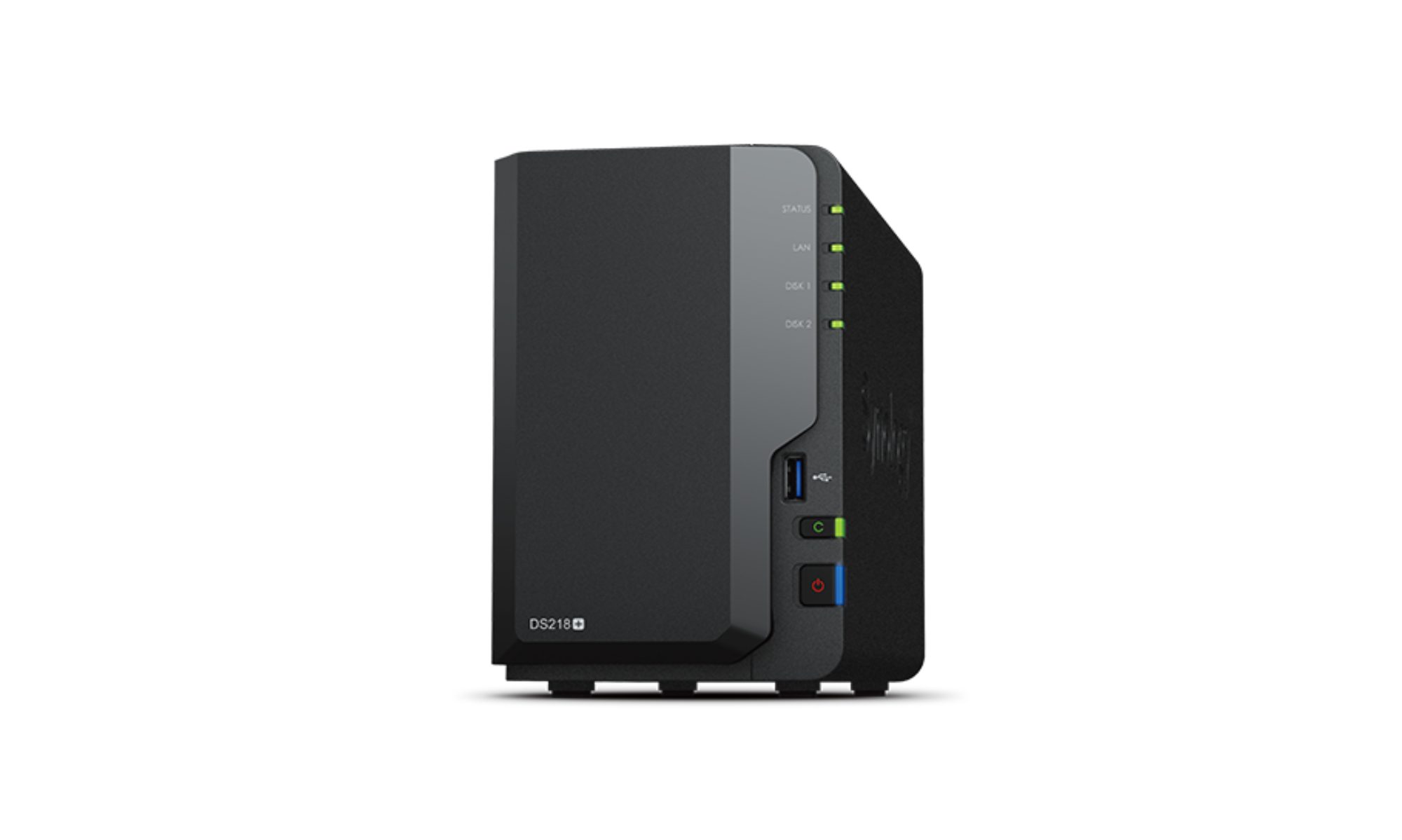In this post I explain the importance of computer backups and disaster recovery planning in preventing loss of data on a computer or server. In addition, I will describe affordable backup solutions for individual PCs and Macs as well as small business networks.
Protecting your valuable digital assets
It doesn’t matter whether you are an individual user of a computer at home or have a small business that uses computers. Mitigating the risk of a hardware failure, or a catastrophic event in your home or office, is essential to making sure you protect and preserve your valuable digital assets.
In my job I help people with technology and frequently come across people who do not have backup copies of the data held on their computers. If their hard disk failed and needed replacing, they would lose all their data including any digital photos and videos that they had stored on their computer. When asked if they would be happy to lose all their data, most rational people agree that they need to have a backup! So why doesn’t everyone have backups of their precious data?
Backup solutions for computers have typically been the domain of IT experts and difficult to maintain for most non-technical users. However, with the proliferation of mobile devices and the advent of the cloud it has become a lot easier to keep on top of your backups and protect your valuable data.
Best practice for Computer Backups
The aim for a resilient backup strategy is to mitigate for any single point of failure. This is achieved by using the 3-2-1 method. This involves having 3 copies of your data, 2 of which are held locally on different devices and 1 of which is held off site. The 2 copies held locally mitigate for a single hardware failure and should minimise the time the data is unavailable. The copy held off site mitigates for a catastrophic event in your home or office, and it isn’t normally as time critical to access it.
The following are some examples of computer backup solutions I have delivered to my customers:
Backing up a PC using File History
The easiest way to back up a PC is to use a portable external hard disk drive such as the Western Digital Elements portable hard disk drive. They are powered via the USB connection so you don’t need a separate power supply. They also work equally well with laptops, all-in-ones, and desk side PCs.
On a PC the most commonly used backup tool is Microsoft File History. This is built in to Windows 10 and is enabled via Windows Settings/Update & Security/Backup. Simply attach your external hard disk drive, and add it as the backup drive. You are then able to select which of your folders you want to backup. Leave you backup drive attached until the initial backup is completed (it may take several hours). After that I recommend always having the backup drive attached when you are at home so incremental backups can take place.
Backing up a Mac using Time Machine
I also use portable hard disk drives for backing up Macs these days. A word of warning – if you don’t want the hassle of having to format the drive for a Mac, choose one that explicitly says that it is pre-formatted for the Mac or buy one from an Apple Store.
On a Mac the most commonly used backup tool is Apple Time Machine. This is built in to macOS and is enabled via System Preferences/Time Machine. Simply attach your external hard disk drive, and choose it as the backup drive and select ‘Back Up Automatically’. Time Machine will then backup your entire system. Leave you backup drive attached until the initial backup is completed (it may take several hours). After that I recommend always having the backup drive attached when you are at home so incremental backups can take place.
Backing up a Windows or Linux File Server using a Synology NAS
I was recently asked to deliver a cost effective backup solution for a PR agency in Central London. This is a small business with 7 staff, each with a desk side computer and a single Windows server hosting a number of shared drives.
The requirement was to provide a solution which would allow the business to be able to access all its data if the server went down, for any reason, or there was a catastrophic event that affected the office.
For the onsite backup I chose to implement a Synology DiskStation 218+ Network Attached Storage (NAS) appliance with a single 4TB Western Digital Intellipower NAS Desktop Hard Drive installed in it. For the offsite backup I chose the Dropbox Plus cloud backup solution as the owner of the business preferred to be the only one with access to it.
Active Backup for Business and Cloud Sync
Using two standard applications provided by Synology, Active Backup for Business and Cloud Sync, the NAS crawls the shared folders on the Windows server and makes a mirrored copy on its own internal disk before pushing a second copy up to the Dropbox cloud. The time it takes to complete the initial backup process will depend on your internal network speed and the upload bandwidth of your Internet connection. My customer has a gigabit internal network which allowed just over 500GB to be backed up overnight. The cloud replication took a few days as the fibre broadband upload speed maxed out at 10Mbps. Once a complete copy was backed up to the NAS and Dropbox, I scheduled the replication to both onsite and offsite backup to run every hour. In this way the onsite backup is no more than 1 hour behind the Windows Server and the offsite backup is just 2 hours behind.
Disaster Recovery Planning
The onsite backup was then exposed to each desktop as a read only share. If disaster strikes and the Windows server is unavailable, I will flip the mirrored version on the NAS to be read/write and the business will be able to continue working. Once the Windows server is back on line, it will be an overnight job to reverse-synchronise the Windows server with the NAS.
Conclusion
What I particularly like about the Synology DiskStation is the bundled software. All the things I need to backup a Windows or a Linux server run on the DiskStation. I don’t have to do anything on the server. I just need to tell Active Backup for Business the user name and password of the administrator account on the server and it goes and fetches everything.
The only downside I have found is that Active Backup for Business can’t transfer read only files or any file that is currently opened by one of the users.
Need help with Computer Backups?
If you live in the UK, and specifically Hampshire, Berkshire or Surrey, Smart Life Solutions can help you with Computer Backups and Disaster Recovery Planning.

